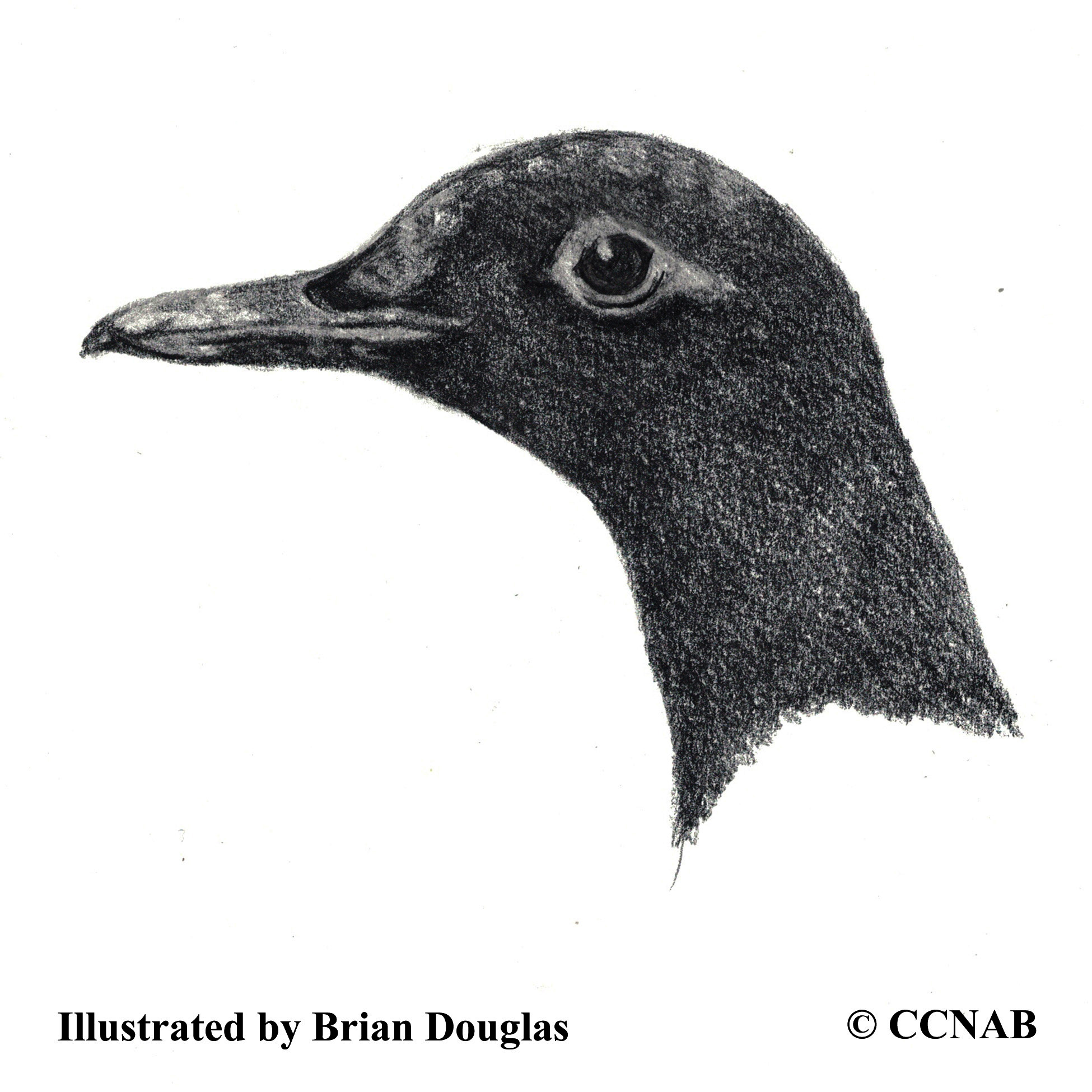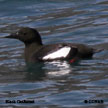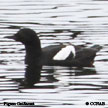Field Guide for all the Birds of North America
Guillemots
Guillemot
Alcidae
Information, images and range maps on over 1,000 birds of North America, including sub-species, vagrants, introduced birds and possibilities
North American Bird Search Box
There are two types of guillemots in North America. The Black Guillemot is the more common of the two species and can be found on the northern coast of the Atlantic and Pacific Oceans. The Pigeon Guillemot lives along the northern coastlines of the Pacific Ocean only.

These two types of birds belong to the auk family and look very similar to each other, except for a dark coloured wedge partially dividing the white patch on the wings of the Pigeon Guillemot instead of an unhindered solid oval white patch on the wings of the Black Guillemot. Both these birds change from their black breeding plumage to a mostly white non-breeding plumage from mid-October into the mid-winter months.
Reference to Other Bird Site:
ABA - American Birding Association This site represents an organization that maintains official records of all birds species that have been proven to have been seen inside the perimeters of the North American Continent and the surrounding bodies of water. Regular revised versions are posted to keep the bird list current at all times. This is the list used by all serious birders over their lifetime. You may be aware of the movie called the "Big Year". It was with this list that all the competing birders used in an attempt to set a new record as to how many bird species that could be seen by an individual birder in one calendar year.

